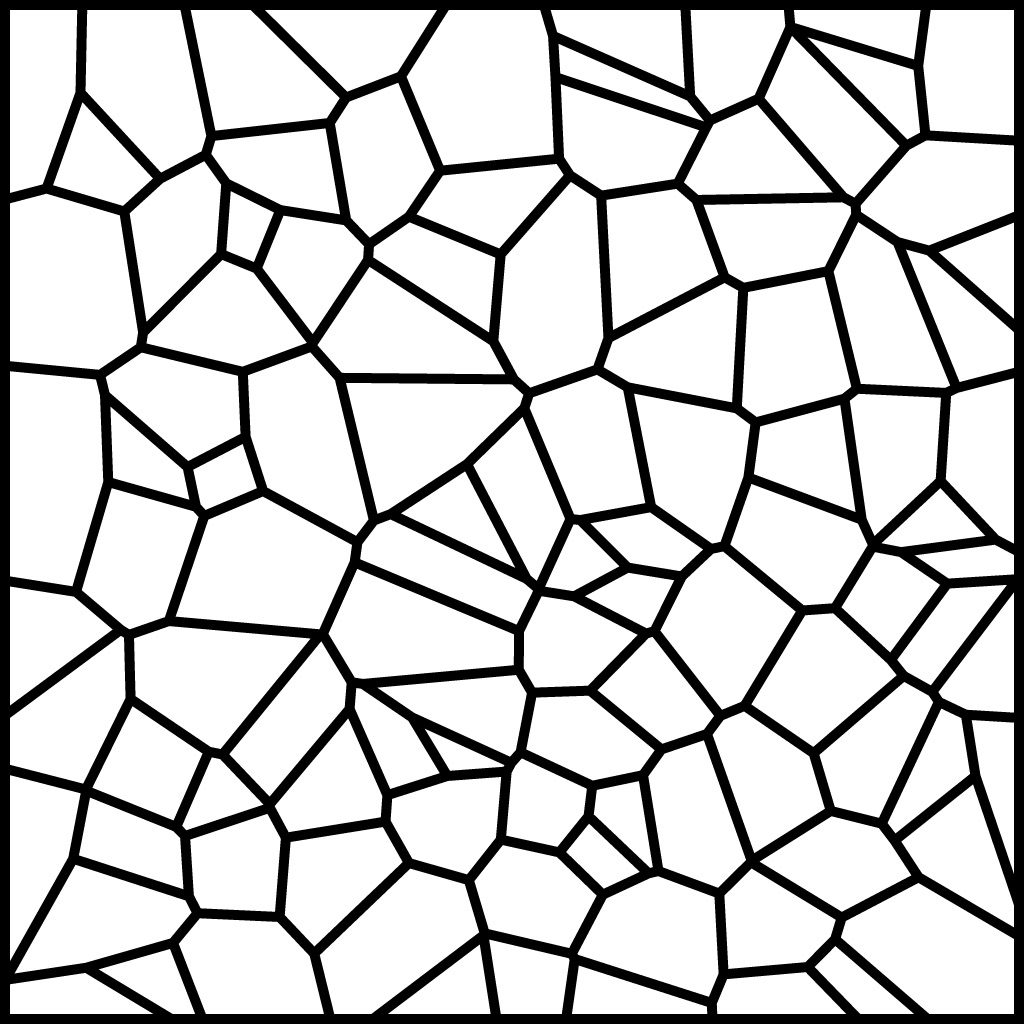Intermediate Tool Tutorial: 3D Graphics with A-Frame
Pre-reqs: Creating a Simple Tool and How to Create an Object
In this tutorial we’ll take a basic a-frame scene and turn it into a spatial tool with a couple minor modifications. A-Frame is a framework that allows us to write simple HTML to generate 3D scenes.
Whereas in some other tutorials we’ve created global tools in a new add-on, which get added to the pocket in the app, we’ll create this tool as a custom tool attached to a specific object, as shown at the end of the How to Create an Object tutorial. Follow that tutorial to create a new object, attach an image target to it, and add a tool to it using the web interface. The tool will default to looking like a blue square.
You can either follow along or
download the completed object
and unzip it into your spatialTools directory. Restart your server and app
and the new object should appear when you look at this image:

Let’s look at the final code line-by-line to see what’s going on. If you didn’t
download the zip of the finished product and are instead building this from
scratch, find your object in your spatialTools directory, and locate the
index.html file for the custom tool you just added. Replace the contents with
the following code.
<!DOCTYPE html>
<html>
<head>
<title>A-Frame Spatial Toolbox Example</title>
<meta charset="utf-8">
<meta name="viewport" content="width=device-width, user-scalable=no, minimum-scale=1.0, maximum-scale=1.0">
<script src="https://cdnjs.cloudflare.com/ajax/libs/aframe/0.7.1/aframe.min.js"></script>
<script src="https://hobinjk-ptc.github.io/aframe-tool-example/aframeTestTool/aframe-spatial-tool-component.js"></script>
</head>
Here we set up the document, including A-Frame and the Vuforia Spatial Toolbox’s custom A-Frame spatial tool component.
<body>
<a-scene vr-mode-ui="enabled: false" spatial-tool>
Next, we create the <a-scene> making sure to disable VR mode and mark it as a
spatial tool using the attribute spatial-tool.
<a-entity id="container">
We add a container for all of our content that the Spatial Tool will reposition to align with the visual marker.
<a-entity rotation="90 0 0">
<a-box position="-20 10 0" rotation="0 45 0" scale="20 20 20" color="#4CC3D9"></a-box>
<a-sphere position="0 25 -40" radius="25" color="#EF2D5E"></a-sphere>
<a-cylinder position="20 15 0" radius="10" height="30" color="#FFC65D"></a-cylinder>
<a-plane position="0 0 -20" rotation="-90 0 0" width="80" height="80" color="#7BC8A4"></a-plane>
</a-entity>
</a-entity>
Now we add all of our 3D content. Since this example is based on the A-Frame start scene, we’ve rotated all of it by 90 degrees so that it appears to be sitting on the marker instead of being contained within it.
<a-entity id="camera-rig"
position="0 -60 60"
rotation="60 0 0">
<a-camera id="camera" fov="70" near="1" far="1000"
look-controls-enabled="false"
wasd-controls-enabled="false"
></a-camera>
</a-entity>
</a-scene>
</body>
</html>
Finally, we add the camera. The camera rig element is an optional addition used to provide a default view for this tool. We need to make sure to disable look and wasd controls on the camera so that the spatial tool component can have complete control.
If you make note of the differences between this scene and the A-Frame starter scene you should be able to convert just about any A-Frame example into a Spatial Tool.
Did you get this working? Are you looking for next steps? Share your progress and ideas on the forum!